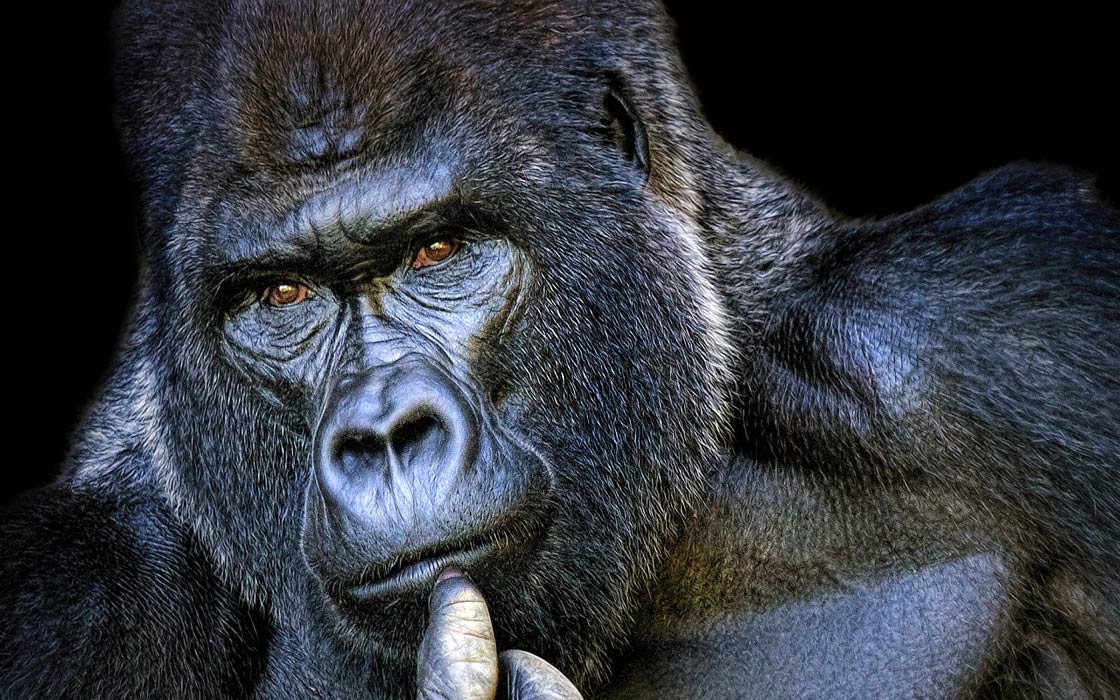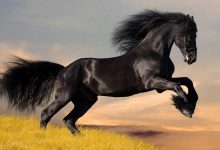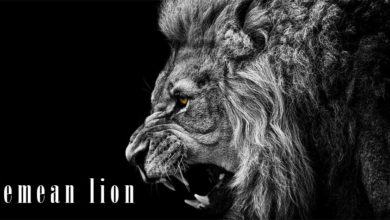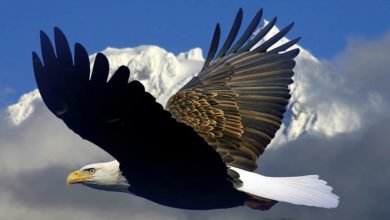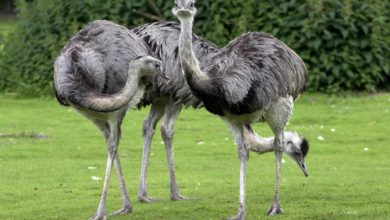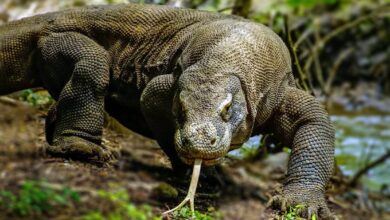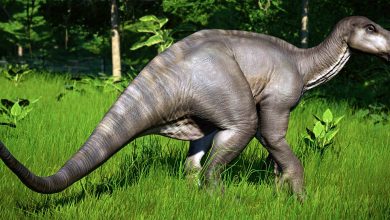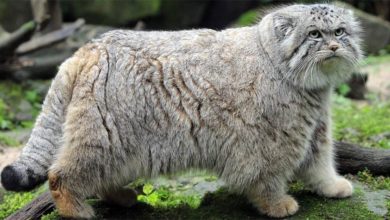Hanabiko Koko – the most intelligent gorilla in the world
Talking gorilla – the story of Koko
Many people long to understand animals. The key is, of course, communication – unfortunately, no animal can speak in our understanding of the word. The exception are apes, which can be taught sign language. This happened in the case of the gorilla Koko, who became famous for having learned more signs than any other gorilla or chimpanzee (Pan troglodytes).
For most of her life, Koko lived in Woodside, California, at the headquarters of the Gorilla Foundation, an organization dedicated to communication with primates. Her caregiver, Francine Patterson, taught her sign language from childhood. The gorilla understood over 2,000 signs of the so-called ASL (American Sign Language). However, this is not the only thing that amazed the world about Koko – the gorilla made many scientists begin to look at animals in a completely different way than before.
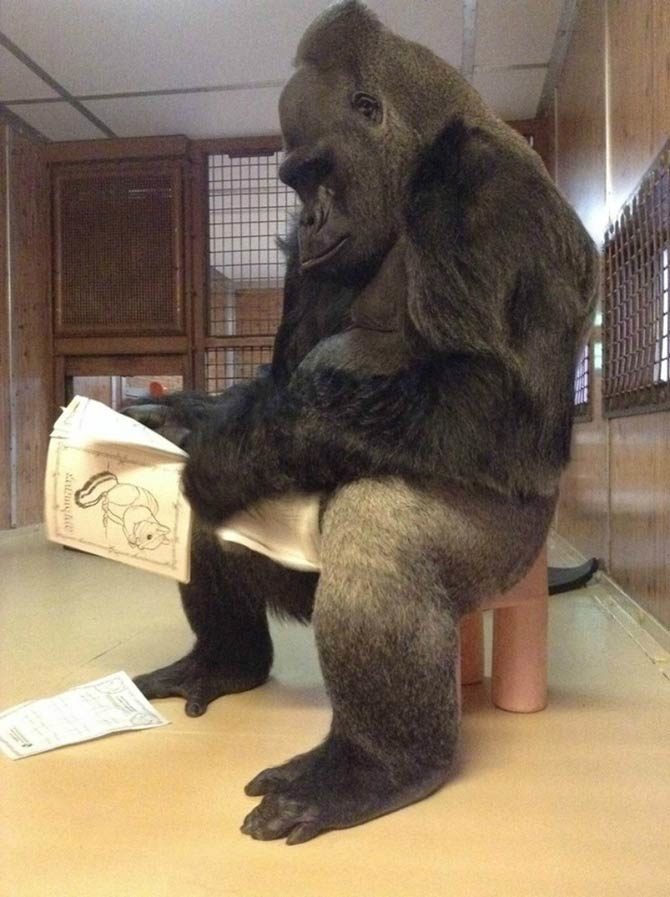
Koko’s biography
Koko was born on July 4, 1971, at the San Francisco Zoo. She was exactly the 50th gorilla born in captivity. She stayed with her mother until she became independent, and then she was taken to a clinic where she underwent comprehensive tests to cure her of any potential fatal diseases. Subsequently, Koko went to the foundation established by Francine Patterson. She resided there for 4 years, during which intensive research was conducted on her communication skills.
After the research was completed, Koko went to a reserve in Woodside. There she lived with a gorilla named Michael, who was also learning sign language. After he died in 2000, she formed a bond with a gorilla named Ndume, with whom she lived until her death. Koko died in her sleep on June 19, 2018, at the age of 46. Despite her advanced age for a gorilla, her death surprised the Foundation staff as she enjoyed excellent health and condition.
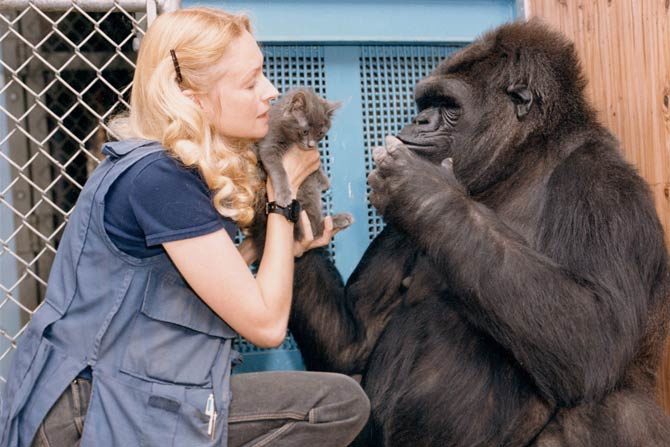
Koko and ASL (American Sign Language)
Attempts to teach apes human speech are not new. At the turn of the 1940s and 1950s, Keith and Cathy Hayes kept a chimpanzee named Viki at home, who learned to pronounce four words. She often gestured strongly while doing so, trying to make it clear what she meant. This was a clear signal to scientists that teaching human speech was pointless in this case, as primates are not equipped with the necessary organs for it – the solution, however, was sign language. The discovery of this fact was a breakthrough in communication with animals. It turned out that gorillas and chimpanzees learn sign language relatively easily.
Koko holds the record so far among “non-humans,” as she mastered the ability to show over 1,000 ASL signs and recognized over 2,000. Her training began when she turned one year old. Patterson emphasized that her ward’s skills and dexterity significantly exceeded the abilities previously attributed to apes. Among other things, she could invent her own words when her repertoire of learned signs lacked the appropriate one. For example, she knew the sign for finger and another for bracelet. Therefore, when she showed these two signs one after the other, she meant a finger ring.
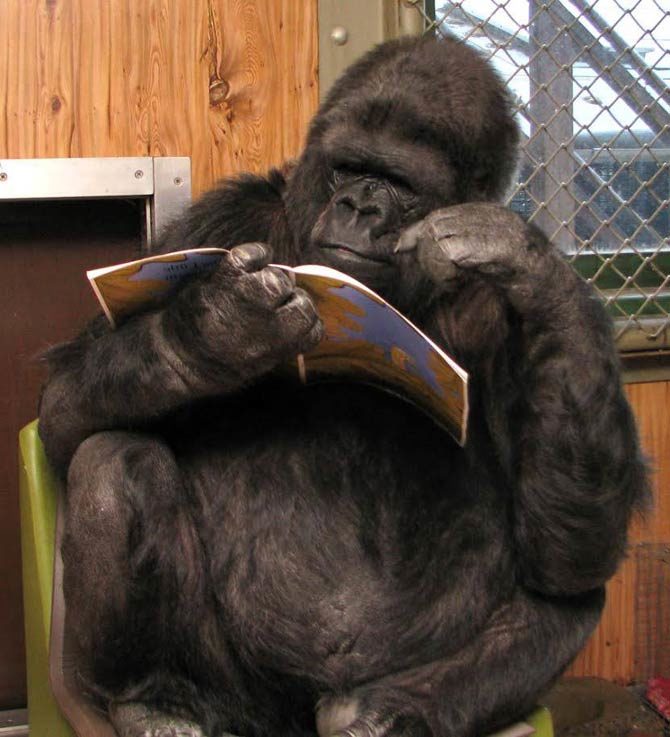
Koko and the world of science
That is not the end of Koko’s achievements. At the age of 19, she astonished the scientific world by passing the so-called mirror test. It turned out that she recognized her reflection in the mirror and did not mistake it for another gorilla. It also turned out that she could talk about her memories and recall facts from her past. What’s more, she could also express her state of well-being, which in turn provided scientists with a basis for claiming that Koko had a sense of self-awareness.
Of course, questions arose at this point regarding her intelligence. Between 1972 and 1977, a series of intelligence tests were performed, which showed that Koko’s intelligence quotient (IQ) ranged from 70 to 90. This meant that the gorilla’s IQ was higher than that of a mentally impaired human and was at the level of a healthy child. However, Patterson argued that administering human intelligence tests to a gorilla reveals little, as gorillas and humans mature differently, and such comparisons are meaningless.
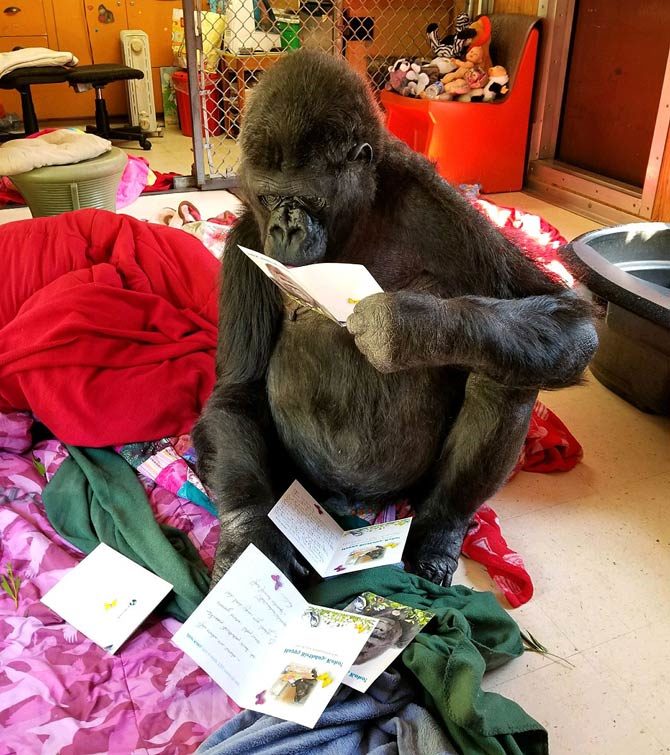
Doubts
Of course, not all scientists were equally enthusiastic about Koko and her achievements. Some suggested that it was impossible to unequivocally determine that the gorilla was actually describing her feelings. They also suspected that Koko showed specific signs in response to an agreed-upon cue or in certain circumstances. Among other things, they referred to the famous example of “Clever Hans,” the horse that supposedly could solve mathematical problems – which, however, turned out to be a hoax devised by his handlers.
In Koko’s case, however, no one proved that a similar deception had been committed. Koko’s caregivers and supporters themselves accused the skeptics of basing their negative opinions on the gorilla solely on their reluctance to admit that gorillas could exhibit psychological traits previously attributed only to humans. This would imply the need to change the worldview and perception of gorillas – also in the eyes of the law. Therefore, Koko’s achievements and the observations of her caregivers ultimately remained unchallenged.
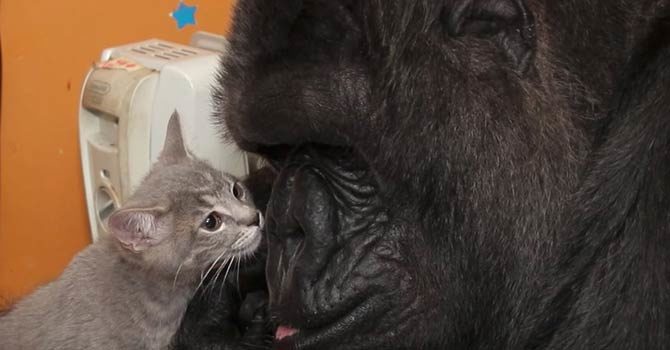
Koko – the cat mom
Koko showed great interest in cats. In 1983, she expressed a wish to receive a cat for Christmas. Initially, she was given a stuffed animal, to which the gorilla became listless, constantly showing the sign for “sad.” Therefore, for her birthday in 1984, she received a Manx cat, which she named herself – “All Ball.” Caregivers observed that Koko was extremely gentle and caring towards the cat, exhibiting behaviors similar to those of a mother caring for her child. At the same time, she realized that the cat was not a toy – she treated it completely differently than, for example, human dolls.
In December of the same year, the cat 1 escaped from the enclosure and was hit by a car. Patterson showed Koko that the animal had died, to which the gorilla reacted by showing a series of signs: “sad, bad, sad” and “cry, upside down.” For the next few days, Koko was listless and made sounds similar to human crying.
In 1985, Koko was introduced to a group of cats, from which she chose two. She also named them herself – Lipstick and Smoky. She received more cats for her birthday in 2015. This time, she named them Miss Black and Miss Grey. They stayed with her until the end of her life.
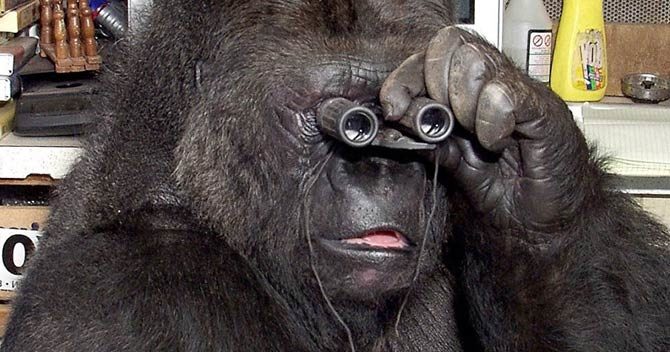
Koko – a celebrity
Koko first captured the world’s attention in 1978 when a photograph of her in front of her mirror reflection appeared in “National Geographic” magazine. The magazine once again featured her on its cover in the 1985 issue, showing Koko and All Ball, the cat to whom the gorilla devoted much attention. This second photograph, in particular, made people realize that gorillas can exhibit human-like nurturing instincts towards animals that are neither their caregivers nor a source of food – but are instead domestic companions.
During her time in Woodside, Koko met many famous figures from the world of film and music, including Robin Williams, Leonardo DiCaprio, Peter Gabriel, and Sting. She communicated with each guest using sign language, through a human interpreter fluent in ASL.
The gorilla also became an object of interest for the media world. As early as 1978, a documentary film about her, “Koko: A Talking Gorilla,” was made. Based on the gorilla’s story and abilities, the well-known writer Michael Crichton wrote the novel “Congo“, whose main character, the gorilla Amy, was modeled after Koko. Over the following years, numerous articles were written, and many documentaries were filmed, capturing her conversations with humans and the way she cared for her beloved cats.
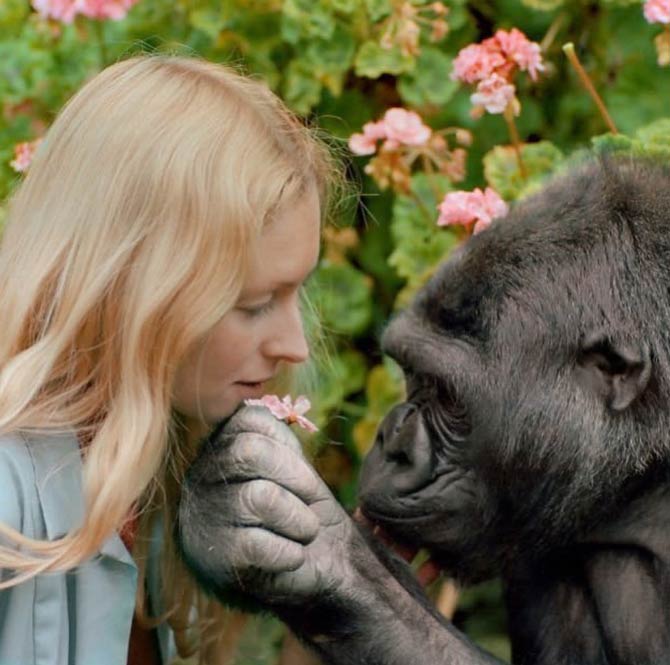
Koko – interesting facts
- Koko is the short form for Japanese Hanabi-Ko (花火子), which means “fireworks child” and refers to her birthday, the Independence Day of the United States on July 4th.
- Koko exhibited an inexplicable, enormous fascination with human nipples – both male and female. She greatly enjoyed looking at them and repeatedly asked visiting guests to undress from the waist up and allow her to look at them.
- Koko was exceptionally large for a female gorilla – she weighed 127 kilograms (280 pounds), while wild females reach a weight of up to 90 kilograms (200 pounds). In captivity, however, this is not unusual – as animals have plenty of food and less exercise than in the wild.
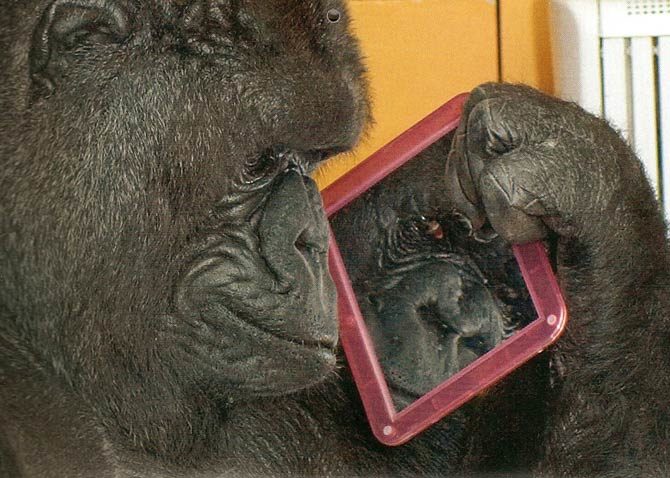
Timeline of Events in Koko’s Life
- 1940-1950: Scientists Keith and Cathy Hayes teach the chimpanzee Viki to pronounce four words. This experiment proves that apes are not adapted for human speech and prompts scientists to seek alternative methods of communication.
- July 4, 1971: Koko (Hanabi-Ko), the fiftieth gorilla born in captivity, is born at the San Francisco Zoo.
- 1971-1975: After being raised by her mother, Koko is taken to a clinic for examination and then to Francine Patterson’s foundation, where she begins learning ASL (American Sign Language).
- 1975: After four years of research, Koko moves to the Woodside reserve.
- 1978: “National Geographic” publishes the first photograph of Koko, which captures the world’s attention.
- 1978: The first documentary film about Koko, titled “Koko: A Talking Gorilla,” is released.
- 1983: Koko receives a stuffed cat as a gift but is sad and shows the sign for “sad.”
- 1984: Koko receives a Manx cat for her birthday, which she names “All Ball.” She cares for him tenderly.
- December 1984: The cat All Ball dies after being hit by a car. Koko is listless for several days and makes sounds similar to crying.
- 1985: Koko chooses two cats from a group, which she names Lipstick and Smoky. “National Geographic” publishes a photograph of Koko with the cat All Ball, showing her nurturing instincts.
- 1985: Michael Crichton publishes the novel “Congo” featuring the gorilla Amy, who is modeled after Koko.
- 1972-1977: Research shows that Koko’s intelligence quotient (IQ) ranges from 70 to 90.
- 1990: Koko passes the mirror test, proving that she recognizes herself in the reflection. She can talk about her memories and express her feelings.
- 2000: Michael, the gorilla with whom Koko lived, dies. Koko “marries” a gorilla named Ndume.
- 2015: Koko receives two more cats for her birthday, which she names Miss Black and Miss Gray.
- June 19, 2018: Koko dies in her sleep at the age of 46.

Discussion / Podcast on Koko
Let’s listen to a discussion about Koko – the smartest gorilla in the world
Recommended
- Jane Goodall
- Dian Fossey
- Jim Corbett
- Gorillas
- Gorilla – the biggest ape
- Chimpanzee
- Orangutan – a forest man
- Bili apes – lion killers

